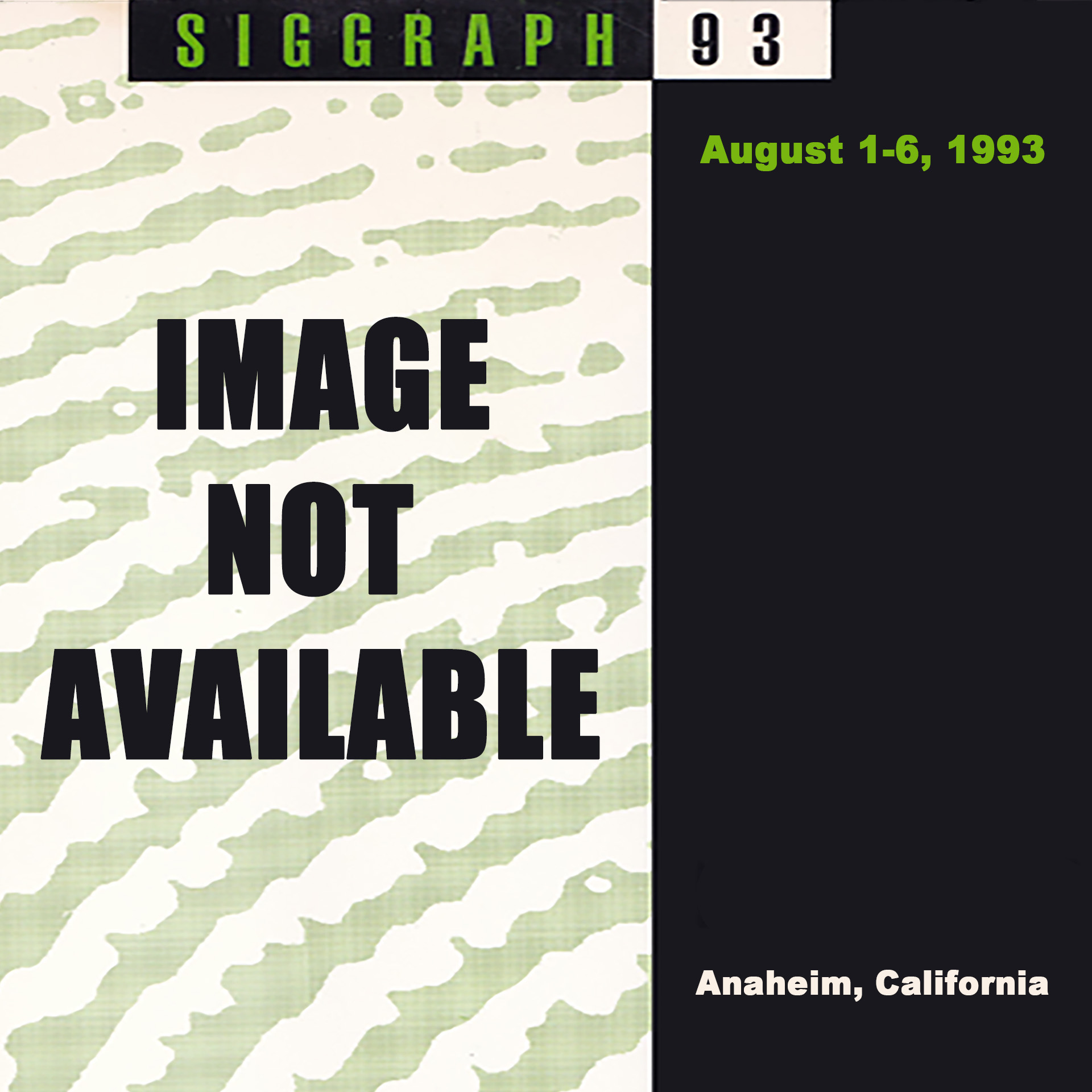“Designing Technology” by Robinson and Cain
Conference:
Experience Type(s):
Entry Number: 05
Title:
- Designing Technology
Program Title:
- Designing Technology
Organizer(s)/Presenter(s):
Collaborator(s):
Project Affiliation:
- Doblin Group
Description:
- A presentation of four simple ‘moments’ in a general process of designing any artifact
- Illustrations from our own work that are both tools for the process and artifacts from it, and
- A final overlay that stresses the interconnections of the process and the interpenetration of two disciplines.
- Concept-Although both designers and technologist are planning, researching, brainstorming, choosing methods and a hundred other similar things this point, you usually find designers saying, “Don’t bother me with the technical details at this point” and technologists saying, “let me get the thing working before you start putting cosmetics on it.”
- Design: Similar processes, but big differences in assumptions and vocabulary usually make this phase the most likely to be contentious. Clarifying overall goals, developing shared models of key aspects like “interaction flow” and “look and feel” help integrate the production of just about anything from a food processor to a word processor.
- Production: What constitutes a prototype? Who’s doing version control? What do you mean that isn’t ready yet? This phase probably has the most real give and take currently, but we think that certain organizational and communications challenges remain.
- Implementation: At this point (real things getting made, for real people to use), most designers assume they are out of the loop, with no more real work to do. Unfortunately, most technologists assume the same thing.
- Transformations and Analysis, software that supports subjective assessments of design requirements (or anything else.) and synthesizes clusters, networks, and phase/space maps.
- Video Analysis Tool, a tool to support our video-ethnographic research into how people use and react to artifacts, messages, and spaces.
- Spaniel, a Multimedia database of Doblin Group people, ideas, and methods.
There is a lot of talk in the computer press these days about bringing designers into the technology development process.
There is a lot of talk in the design press these days about how technology affects the aims and tools of design.
We think that the two communities are standing really close but facing opposite directions. There is a of hand waving, a lot of buzzword speaking, and not as much real joint work, not much real communication.
The key to communication is a common language. Our installation illustrates a simple framework for the creative process that Doblin Group uses a bridge between technologists and designers. We find that this not only represents the process, also reveals a vastly enhanced ‘reach’ that a common framework offers to both disciplines. We present this conception in three ‘layers’:
We believe that the interaction of information, design, communication design, research, and technology (united in what we call strategic design planning) produces interesting, interactive, and involving artifacts and experiences. Our exhibit is not about that phenomenon, it is a product of designer-technologist collaboration.
Four Simple Steps
In addition to discussing opportunities for collaboration during each of these stages, we demonstrate connections between stages and the degree to which the skills and interests of the two disciplines interpenetrate.
Design Tools
We illustrate the four process ‘moments’ using Doblin Group in-house design software tools listed below. We look at the different stages in the development of these tools as well as their current state (hands-on demonstration).





